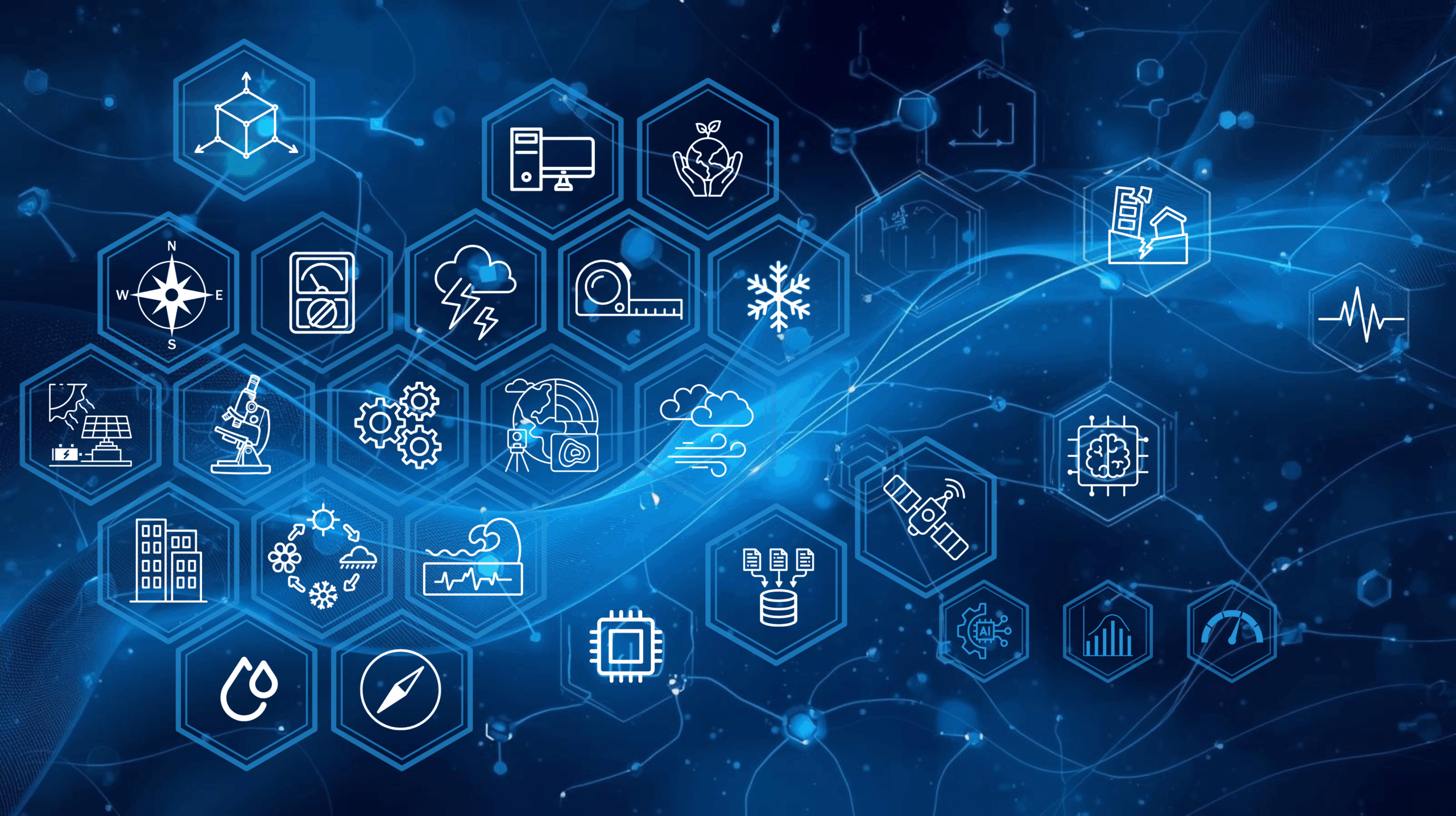The research infrastructure of the Institute of Geophysics of the Polish Academy of Sciences
supports scientific activities, serving as a key element in the development of geophysics science. It enables research, scientific experiments, and implementation projects.
The research infrastructure of the Institute of Geophysics of the Polish Academy of Sciences
includes the following scientific units: Department of Polar and Marine Research, Department of Seismic Research, Department of Atmospheric Physics, Department of Hydrology and Hydrodynamics, Department of Magnetism, Department of Seismology, Geophysical Laboratories and Observatories, Polar Stations, and research equipment, databases, repositories and digital resources, and the infrastructure of the computing server network.
The list of selected research infrastructure of the Institute of Geophysics of the Polish Academy of Sciences:
Applications for analysis, assessment, and visualization of ground acceleration
Broadband magnetotelluric stations
CIBAL analytical laboratories database
CIBIS induced seismicity database
CIBOGM magnetic observation database
CIBSBL lithospheric seismic research database
CMD Mini Explorer 6L conductivity meter
Digital recorders for monitoring magnetic and telluric signals
Electrical resistivity tomography instruments
EPISODES – Digital Platform for Induced Seismicity Research
Equipment for field measurements at the Laboratory for Paleomagnetism and Environmental Studies
Equipment for thermomagnetic studies
Induction magnetometer for measuring the magnetic component of the Schumann resonance
Scalar magnetometer for the total magnetic field measurement
SWIP – Seismic Waves Interpretation Programme
The magnetometer for measuring the declination and inclination of the magnetic field
The vector magnetometer for measuring the three orthogonal components of the magnetic field
Research infrastructure database of the Institute of Geophysics of the Polish Academy of Sciences: ib.igf.edu.pl
The Institute of Geophysics of the Polish Academy of Sciences on the Polish Roadmap for Research Infrastructures
The Polish Roadmap for Research Infrastructures contains strategic research infrastructures that bring together the most outstanding scientific potential and innovative projects, enabling economic development and the growth of the country’s social and scientific capital. It includes key laboratories, observatories, and research facilities used by scientists from Poland and abroad. Its goal is to effectively use scientific resources and strengthen Poland’s position in the European research area. The inclusion of a research infrastructure on the Polish Roadmap for Research Infrastructures is a recognition of the research institution and its activities.
The Institute of Geophysics of the Polish Academy of Sciences is listed on the Polish Roadmap for Research Infrastructures in the Earth and Environmental Sciences research area category

as a Leader:
ACTRIS – Aerosols, Clouds and Trace Gases Research Infrastructure
A national research infrastructure contributing to an international project listed on the ESFRI Roadmap
(ACTRIS Aerosols, Clouds and Trace Gases Research Infrastructure)
EPOS – European Plate Observing System
A national research infrastructure contributing to an international project listed on the ESFRI Roadmap
(EPOS European Plate Observing System)
as a consortium member:
ARGO Poland – the national component of the EURO-ARGO global in-situ ocean observation network based on autonomous ARGO floats
A national research infrastructure contributing to an international project listed on the ESFRI Roadmap
(EURO-ARGO ERIC European contribution to the international Argo Programme)
PolarPOL – Polish Multidisciplinary Polar Research Laboratory
A national research infrastructure supporting international cooperation among scientific institutions studying the environment and climate
in the Arctic region of Svalbard (SIOS Svalbard Integrated Arctic Earth Observing System)
REGULATIONS FOR THE USE OF THE IG PAS RESEARCH INFRASTRUCTURE




